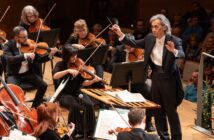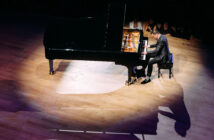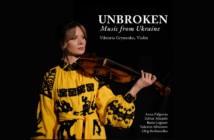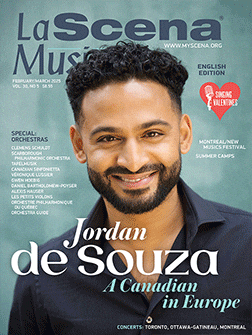It is not often that a classical concert audience is filled with young children, dancing and singing along without restraint and shushing from their adult companions. OSMose, performed by the Orchestre Symphonique de Montréal, encouraged this very behaviour. This year’s edition at the Maison Symphonique featured a program of excerpts from 13 well-known pieces, most notably Edvard Grieg’s ‘Morning Mood’ from Peer Gynt, “Hedwig’s Theme” from John Williams’ iconic Harry Potter score, Nikolai Rimsky-Korsakov’s Flight of the Bumblebee, and Ludwig van Beethoven’s Ode to Joy.
The short and sweet concert was performed under the baton of guest conductor Thomas Le Duc-Moreau, former Assistant Conductor (2019-2021) of the OSM. Guylaine Guay captivated the audience with her organized narration and animated hosting, while Émilie Barrette and Carol Jones of the National Centre for Dance Therapy from Les Grands Ballets Canadiens guided the audience through simple and accessible dance moves, which included lumbering strides and heavy arm movements throughout the infamous ‘Montagues and the Capulets’ passage from Sergei Prokofiev’s Romeo and Juliet. Seasoned baritone Dominique Côté joined the stage for the concert’s finale piece, encouraging the crowd to sing along to his rendition of Fanny Bloom’s Le grand rendez-vous.
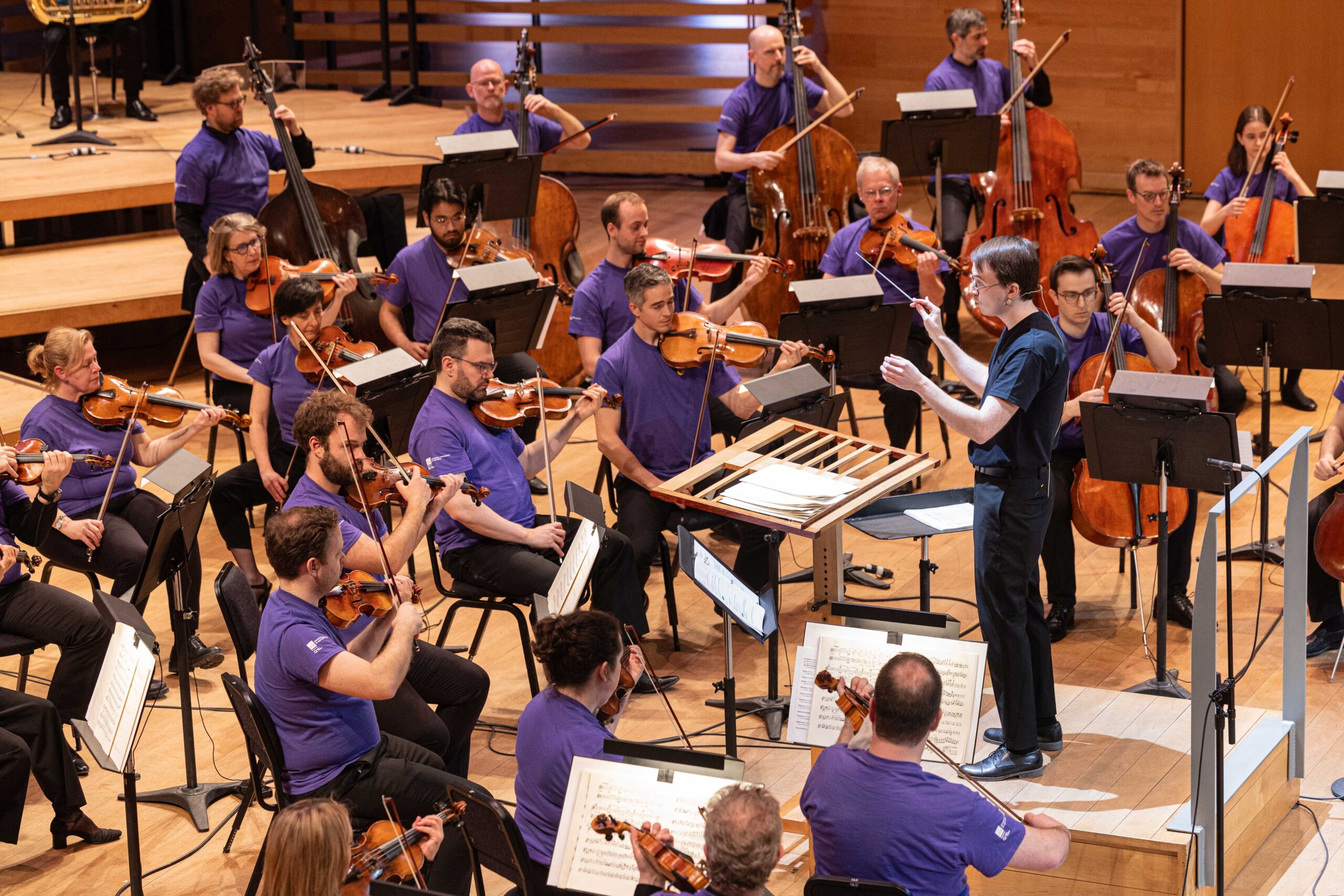
Photo by Antoine Saito
As suggested by the title of the concert, OSMose encourages youth to develop their musical knowledge and appreciation. Children are encouraged to absorb the beauty, emotion, and structure of classical music through the concert experience, even if they may not fully comprehend all its complexities at such a young age. This performance achieved its aims. The OSM kicked off the afternoon with a jaunty fragment of Prokofiev’s Peter and the Wolf, recognizable for those who had perused the concert’s pedagogical guide ahead of time. I very much appreciated this guide: even as a classical music lover, it provided information on instrument families – from their histories, to their placements on stage, and their timbres.
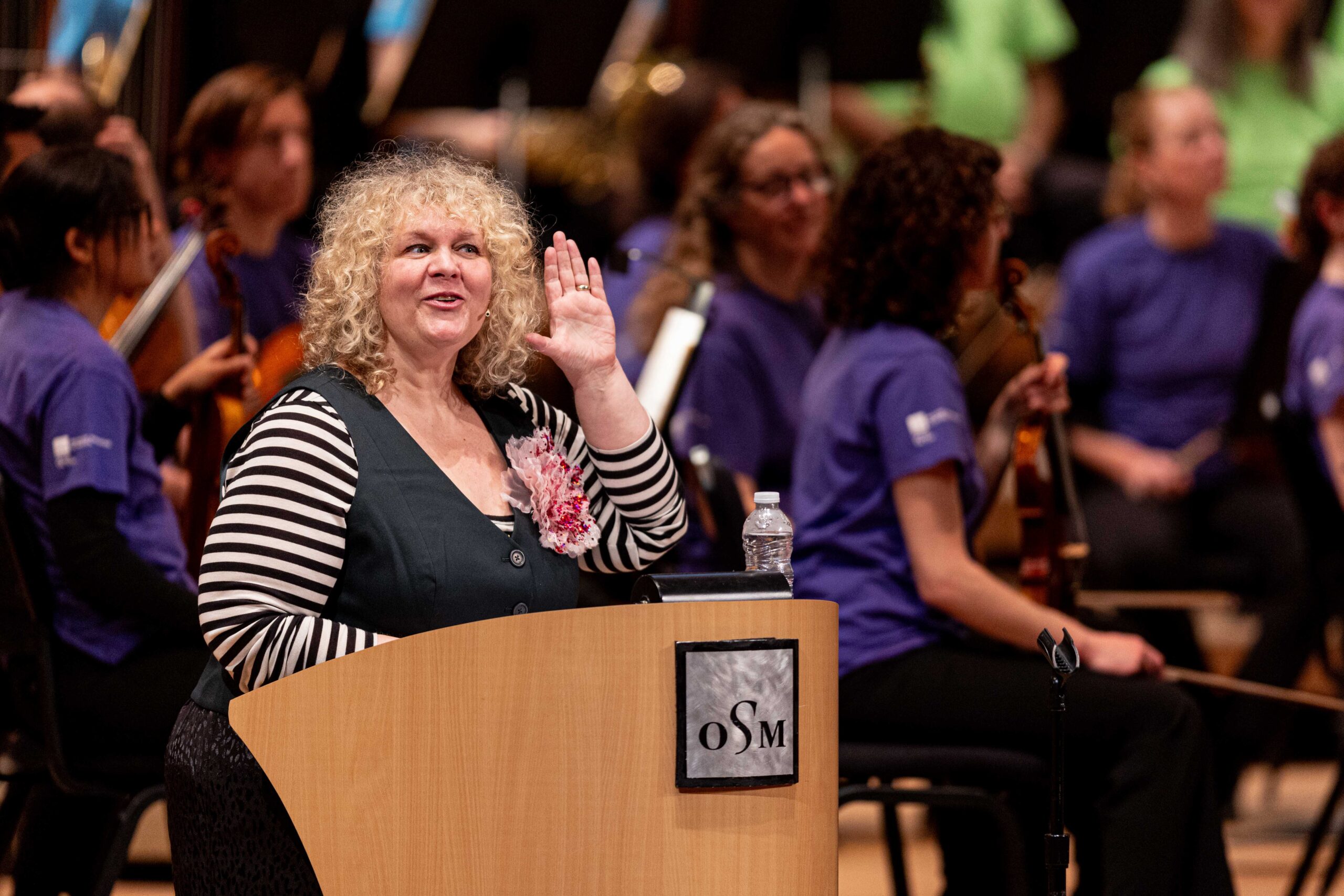
Guylaine Côté, Photo by Antoine Saito

Dominique Côté, Émilie Barrette and Carol Jones. Photo by Antoine Saito
Above all, this concert was accessible and understandable for first-time visitors to the symphony hall. Orchestra members wore coloured shirts corresponding to the instrument families to which they belonged: purple for strings, green for woodwinds, orange for percussion, and blue for brass. Aaron Copland’s Rodeo: IV ‘Hoe-Down’ or Nikolai Rimsky-Korsakov’s Flight of the Bumblebee demonstrated the evocative potential of orchestral pieces, summoning images such as galloping horses or buzzing bees. Other pieces, such as Paul Dukas’ Fanfare Preceding “La Péri” highlighted specific instruments such as the brass section. The percussion section was highlighted in Benjamin Britten’s ‘Percussion Theme’ from Young Person’s Guide to the Orchestra. The more lyrical excerpts — Rimsky-Korsakov’s “The Young Prince and the Young Princess” from Scheherazade; Claude Debussy’s Children’s Corner, and the aforementioned “Morning Mood” from Peer Gynt and the film classic “Hedwig’s Theme” were especially enjoyable.
Unfortunately Maurice Ravel’s Boléro, a piece in which the recognizable melody moves throughout various sections, was performed in a heavily truncated snippet by the strings, a few woodwinds, and a snare drum. This seemed to be a missed pedagogical opportunity. This musical brevity was a recurring theme of the concert, with most excerpts lasting around 30 seconds, and some exceptions reaching approximately two minutes. Consequently, there was less room for exciting interpretive choices, though the playing itself was without fault. A greater focus on musical performance over narration would have been preferred, however the balance between narration and musical selections clearly catered to the attention span of a young audience and the educational intent of the performances.

Photo by Antoine Saito
While the programming choices were intriguing, they lacked some diversity. Furthermore, most pieces highlighted the strings and woodwinds, with minimal focus on the brass and percussion. Introducing more variety in instrumentation within the chosen excerpts would have reinforced the concert’s theme of diverse sounds and timbres. The concert concluded with Le grand rendez-vous. Although exciting, it lacked the familiar and triumphant exuberance of last year’s grant finale, Ode to Joy.
Overall, however, the concert was very enjoyable. The OSM crafted a lively experience for young audiences. OSMose is quite obviously not the typical concert experience within the walls of the Maison Symphonique. The event served as a wonderful way to welcome newcomers to the orchestra, and to introduce children and youth to the concert hall.




